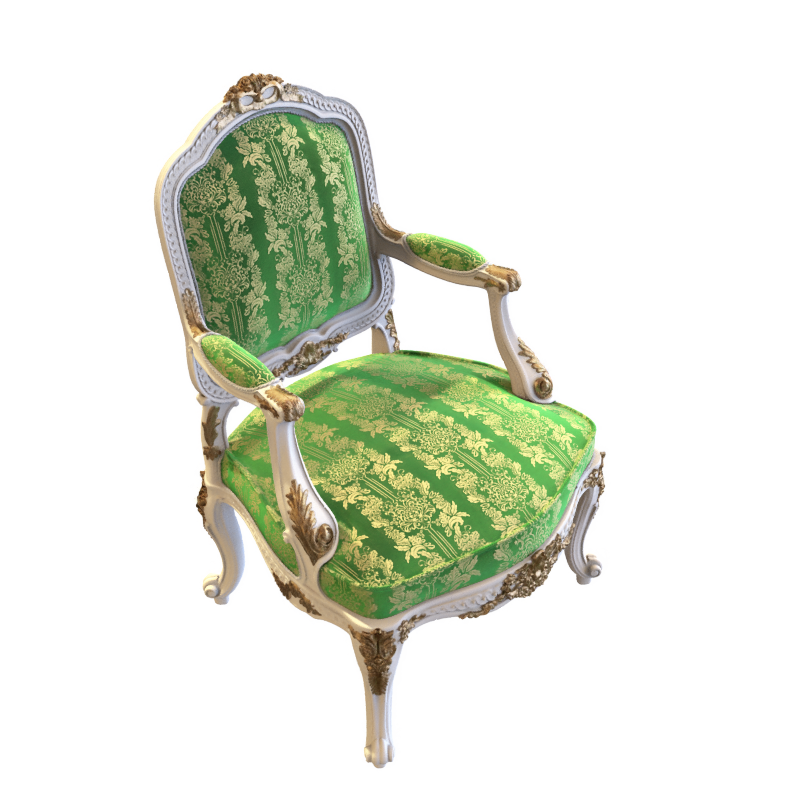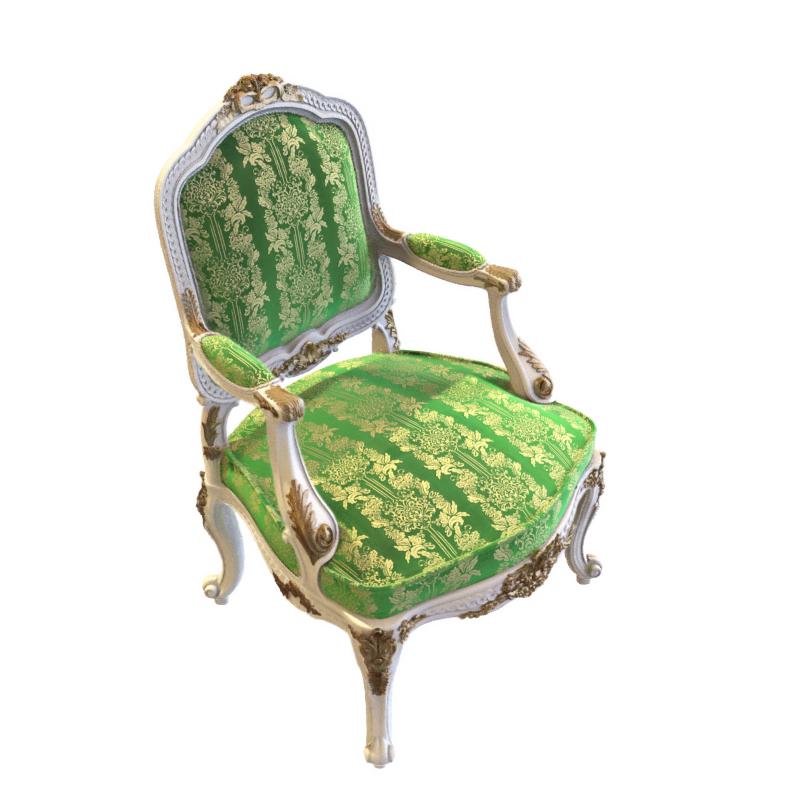This repository contains a concise and extensible implementation of NeRF and NeuS for neural surface reconstruction based on Instant-NGP and the Pytorch-Lightning framework. Training on a NeRF-Synthetic scene takes ~5min for NeRF and ~10min for NeuS on a single RTX3090.
| NeRF in 5min | NeuS in 10 min | |
|---|---|---|
| Rendering |  |
 |
| Mesh |  |
 |
This repository aims to provide a highly efficient while customizable boilerplate for research projects based on NeRF or NeuS.
- Acceleration techniques from Instant-NGP: multiresolution hash encoding and fully fused networks by tiny-cuda-nn, occupancy grid pruning and rendering by nerfacc
- out-of-the-box multi-GPU and mixed precision training by PyTorch-Lightning
- hierarchical project layout that is designed to be easily customized and extended, flexible experiment configuration by OmegaConf
Note:
- To utilize multiresolution hash encoding or fully fused networks provided by tiny-cuda-nn, you should have least an RTX 2080Ti, see https://github.com/NVlabs/tiny-cuda-nn#requirements for more details.
- Multi-GPU training is currently not supported on Windows (see #4).
- Install PyTorch>=1.10 here based the package management tool you used and your cuda version (older PyTorch versions may work but have not been tested)
- Install tiny-cuda-nn PyTorch extension:
pip install git+https://github.com/NVlabs/tiny-cuda-nn/#subdirectory=bindings/torch pip install -r requirements.txt
Download the NeRF-Synthetic data here and put it under load/. The file structure should be like load/nerf_synthetic/lego.
Run the launch script with --train, specifying the config file, the GPU(s) to be used (GPU 0 will be used by default), and the scece name:
# train NeRF
python launch.py --config configs/nerf-blender.yaml --gpu 0 --train dataset.scene=lego tag=example
# train NeuS with mask
python launch.py --config configs/neus-blender.yaml --gpu 0 --train dataset.scene=lego tag=example
# train NeuS without mask
python launch.py --config configs/neus-blender.yaml --gpu 0 --train dataset.scene=lego tag=example system.loss.lambda_mask=0.0The code snapshots, checkpoints and experiment outputs are saved to exp/[name]/[tag]@[timestamp], and tensorboard logs can be found at runs/[name]/[tag]@[timestamp]. You can change any configuration in the YAML file by specifying arguments without --, for exmaple:
python launch.py --config configs/nerf-blender.yaml --gpu 0 --train dataset.scene=lego tag=iter50k seed=0 trainer.max_steps=50000To get COLMAP data from custom images, you should have COLMAP installed (see here for installation instructions). Then put your images in the images/ folder, and run scripts/imgs2poses.py specifying the path containing the images/ folder. For example:
python scripts/imgs2poses.py ./load/bmvs_dog # images are in ./load/bmvs_dog/imagesExisting data following this file structure also works as long as images are store in images/ and there is a sparse/ folder for the COLMAP output. To train on COLMAP data, please refer to the example config files config/*-colmap.yaml. Some notes:
- Adapt the
root_dirandimg_whoption in the config file to your data; - The scene is normalized so that cameras have an average distance
1.0to the center of the scene, thereforeradiusis default to0.5in the config file. You should consider increaseradiusif the cameras are to close to the object. - Background model is not yet implemented, so it works best on 360 captures with white background.
The training precedure are by default followed by testing, which computes metrics on test data, generates animations and exports the geometry as triangular meshes. If you want to do testing alone, just resume the pretrained model and replace --train with --test, for example:
python launch.py --config path/to/your/exp/config/parsed.yaml --resume path/to/your/exp/ckpt/epoch=0-step=20000.ckpt --gpu 0 --testAll experiments are conducted on a single NVIDIA RTX3090.
| PSNR | Chair | Drums | Ficus | Hotdog | Lego | Materials | Mic | Ship | Avg. |
|---|---|---|---|---|---|---|---|---|---|
| NeRF Paper | 33.00 | 25.01 | 30.13 | 36.18 | 32.54 | 29.62 | 32.91 | 28.65 | 31.01 |
| NeRF Ours | 34.80 | 26.04 | 33.89 | 37.42 | 35.33 | 29.46 | 35.22 | 31.17 | 32.92 |
| NeuS Ours (with mask) | 33.14 | 24.74 | 28.61 | 34.39 | 29.78 | 26.71 | 32.60 | 26.85 | 29.60 |
| Training Time (mm:ss) | Chair | Drums | Ficus | Hotdog | Lego | Materials | Mic | Ship | Avg. |
|---|---|---|---|---|---|---|---|---|---|
| NeRF Ours | 04:34 | 04:35 | 04:18 | 04:46 | 04:39 | 04:35 | 04:26 | 05:41 | 04:42 |
| NeuS Ours (with mask) | 08:50 | 09:01 | 08:53 | 09:19 | 09:37 | 09:17 | 08:17 | 11:53 | 09:23 |
- Support more dataset formats, like
COLMAP outputsand DTU - Support background model based on NeRF++ or Mip-NeRF360
- Support GUI training and interaction
- More illustrations about the framework
- ngp_pl: Great Instant-NGP implementation in PyTorch-Lightning! Background model and GUI supported.
- Instant-NSR: NeuS implementation using multiresolution hash encoding.